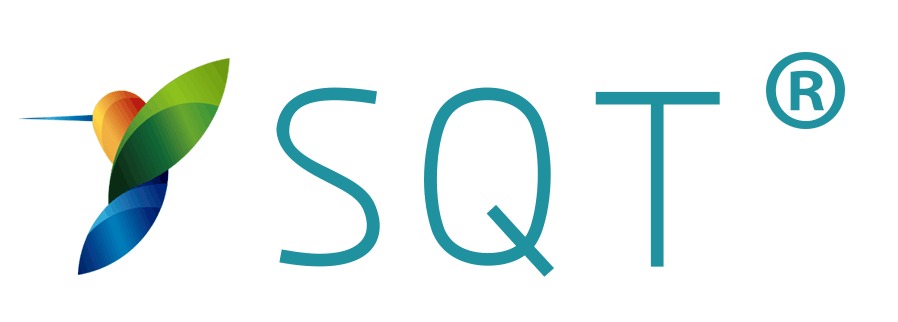The challenge of skincare products penetrating the skin primarily arises from the skin’s structure and its natural barrier functions.
Here are the main reasons why skincare products find it difficult to penetrate deeply into the skin:
Skin Structure
Epidermis: The outermost layer of the skin, the epidermis, acts as the primary barrier. Within the epidermis, the stratum corneum is the outermost sub-layer composed of dead skin cells (corneocytes) embedded in a lipid matrix.
Stratum Corneum: This layer is particularly effective at preventing the entry of foreign substances due to its dense structure of tightly packed cells and lipids.
Barrier Function
Hydrophobic Barrier: The lipids in the stratum corneum create a hydrophobic barrier that is highly effective at preventing the penetration of both water-soluble and oil-soluble substances.
Selective Permeability: The skin is designed to be selectively permeable, allowing the passage of essential nutrients while blocking potential toxins and harmful microorganisms.
Molecular Size and Structure
Large Molecules: Larger molecules generally have more difficulty penetrating the skin. Active ingredients need to be small enough to pass through the gaps between cells in the stratum corneum.
Molecular Shape and Solubility: The shape and solubility of molecules also affect their ability to penetrate. Ingredients must be formulated to optimize their penetration characteristics.
pH and Formulation
pH Balance: The skin’s surface has a slightly acidic pH, which can affect the penetration of ingredients. Skincare formulations need to have a pH that enhances penetration without disrupting the skin’s natural acid mantle.
Formulation Techniques: The way a product is formulated (e.g., encapsulation, use of carriers, nanoparticles) can significantly impact its ability to penetrate the skin.
Use of Enhancers
Penetration Enhancers: Some formulations include penetration enhancers like alcohols, fatty acids, or surfactants that temporarily disrupt the stratum corneum to allow better penetration of active ingredients.
Delivery Systems: Advanced delivery systems such as liposomes, nanoparticles, and microemulsions can improve the delivery of active ingredients by protecting them and facilitating their penetration through the skin barrier.
Skin Conditions
Individual Differences: Factors like skin type, age, and health can affect how well products penetrate. For example, damaged or compromised skin barriers (e.g., from eczema or psoriasis) may allow greater penetration.
Environmental Factors: Environmental factors such as humidity, temperature, and exposure to UV radiation can also impact skin permeability.
How SQT Helps Enhance Penetration
Exfoliation: Spicules found in SQT offer exfoliation properties which removes dead skin cells from the surface, allowing active ingredients to penetrate more effectively into the deeper areas of the skin including the dermis
Bio Microneedles enter the dermis: SQT spicules create millions of micro-channels in the skin that can enhance the absorption of the active ingredients applied during the procedure. Skincare products used at home will also absorb up to 3000% faster following a SQT Bio microneedling procedure.
Use of Penetration Enhancers: Ingredients like hyaluronic acid, glycerin, and certain peptides can help other active ingredients penetrate the skin more effectively.
How SQT Spicules Benefit Pigmentation
Improved Serum Absorption: The micro-channels created allow for enhanced absorption of the bioactive
serums. The Serum contains ingredients specifically targeted at reducing pigmentation, such as niacinamide, and other brightening agents.
Stimulation of Collagen Production: Increased collagen production helps improve skin texture and tone, which can reduce the appearance of pigmentation over time.
Cell Turnover: Bio Microneedling promotes faster skin cell turnover, as little as 7 days, which helps to shed pigmented skin cells and replace them with new, healthy cells, leading to a more even skin tone.
Reduction of Hyperpigmentation: The combination of bio microneedling and bioactive serums can help to break down melanin clusters and inhibit the formation of new pigmentation, effectively reducing hyperpigmentation, melasma, and dark spots.
Long-Term Maintenance: Continued use of sunscreen and brightening skincare products can help
maintain the results and prevent the recurrence of pigmentation.
Conclusion
SQT Bio Microneedling is a promising treatment for pigmentation, combining the collagen stimulating effects of microneedling with the targeted action of bioactive serums. This dual approach can lead to significant improvements in skin tone and texture, reducing the appearance of pigmentation and promoting a more even complexion.
As with any skincare treatment, it is important to consult with a qualified skincare professional to determine if this treatment is suitable for your specific skin concerns and to ensure it is performed safely and
effectively.
